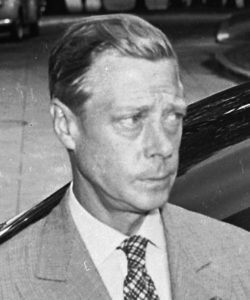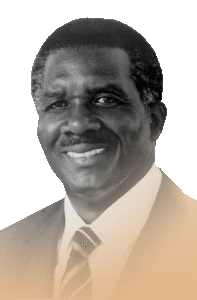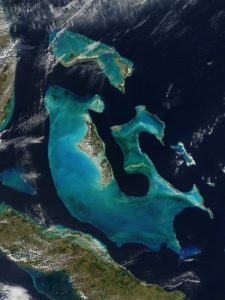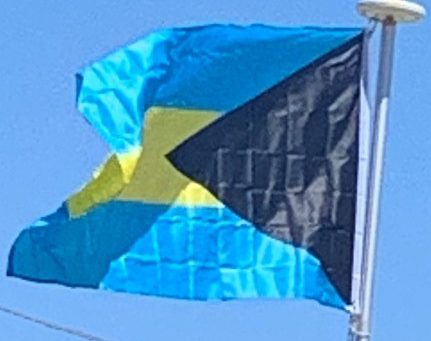He opened the small local parliament on 29 October 1940. The couple visited the “Out Islands” that November, on Axel Wenner-Gren’s yacht, which caused controversy; the British Foreign Office strenuously objected because they had been advised (mistakenly) by United States intelligence that Wenner-Gren was a close friend of the Luftwaffe commander Hermann Göring of Nazi Germany.

The Duke was praised at the time for his efforts to combat poverty on the islands. A 1991 biography by Philip Ziegler, however, described him as contemptuous of the Bahamians and other non-European peoples of the Empire. He was praised for his resolution of civil unrest over low wages in Nassau in June 1942, when there was a “full-scale riot”. Ziegler said that the Duke blamed the trouble on “mischief makers – communists” and “men of Central European Jewish descent, who had secured jobs as a pretext for obtaining a deferment of draft”.
The Duke resigned from the post on 16 March 1945.
Post-Second World War:
Modern political development began after the Second World War. The first political parties were formed in the 1950s. The British Parliament authorized the islands as internally self-governing in 1964, with Sir Roland Symonette, of the United Bahamian Party, as the first Premier.
A new constitution granting the Bahamas internal autonomy went into effect on 7 January 1964. In 1967, Lynden Pindling of the Progressive Liberal Party, became the first black Premier of the Bahamian colony; in 1968 the title of the position was changed to Prime Minister. In 1968, Pindling announced that the Bahamas would seek full independence. A new constitution giving the Bahamas increased control over its own affairs was adopted in 1968.
The British House of Lords voted to give the Bahamas its independence on 22 June 1973. Prince Charles delivered the official documents to Prime Minister Lynden Pindling, officially declaring the Bahamas a fully independent nation on 10 July 1973. It joined the Commonwealth of Nations on the same day. Sir Milo Butler was appointed the first Governor-General of the Bahamas (the official representative of Queen Elizabeth II) shortly after independence. The Bahamas joined the International Monetary Fund and the World Bank on 22 August 1973, and it joined the United Nations on 18 September 1973.

Based on the twin pillars of tourism and offshore finance, the Bahamian economy has prospered since the 1950s. Significant challenges in areas such as education, health care, housing, international narcotics trafficking and illegal immigration from Haiti continue to be issues.
The University of The Bahamas (UB) is the national higher education/tertiary system. Offering baccalaureate, masters and associate degrees, UB has three campuses, and teaching and research centers throughout the Bahamas. The University of The Bahamas was chartered on 10 November 2016.
Geography:
In 1864, the Governor of the Bahamas reported that there were 29 islands, 661 cays, and 2,387 rocks in the colony.

The closest island to the United States is Bimini, which is also known as the gateway to the Bahamas. The island of Abaco is to the east of Grand Bahama. The southeasternmost island is Inagua. The largest island is Andros Island. Other inhabited islands include Eleuthera, Cat Island, Rum Cay, Long Island, San Salvador Island, Ragged Island, Acklins, Crooked Island, Exuma, Berry Islands and Mayaguana. Nassau, capital city of the Bahamas, lies on the island of New Providence.
